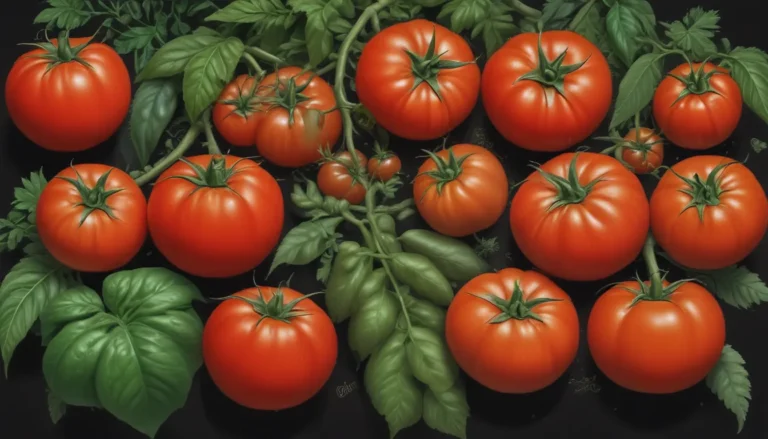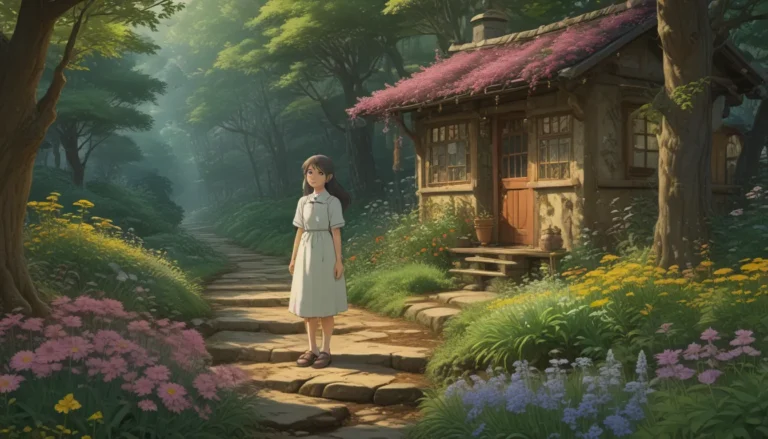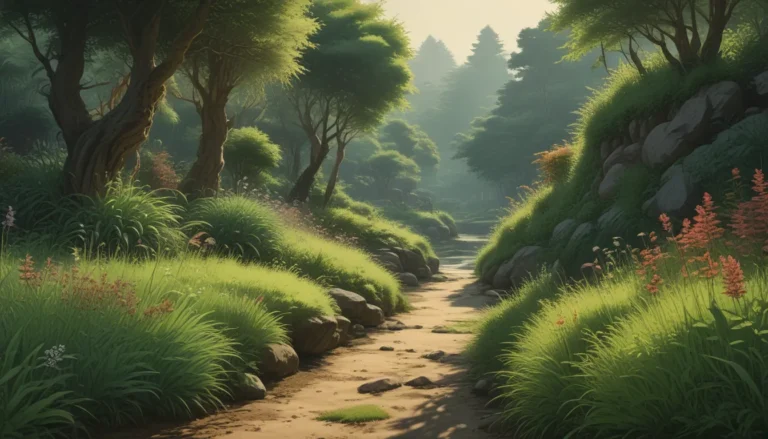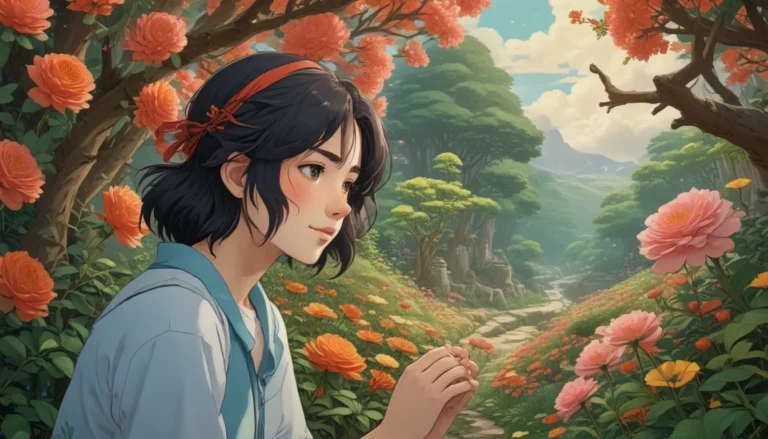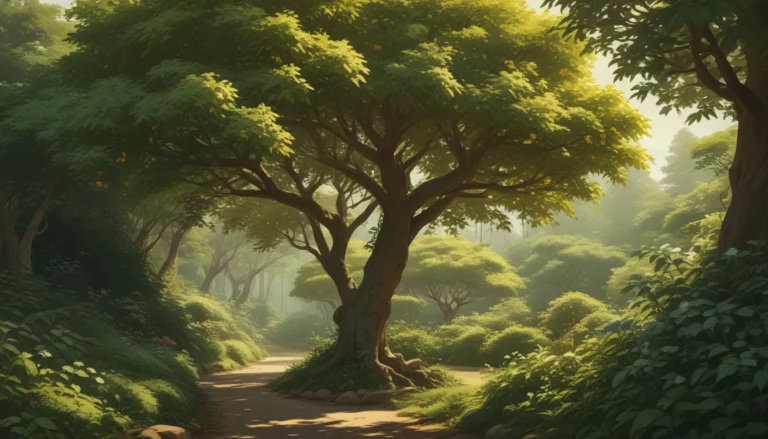How to Create a Naturalistic Landscape with Spring Flower Bulbs
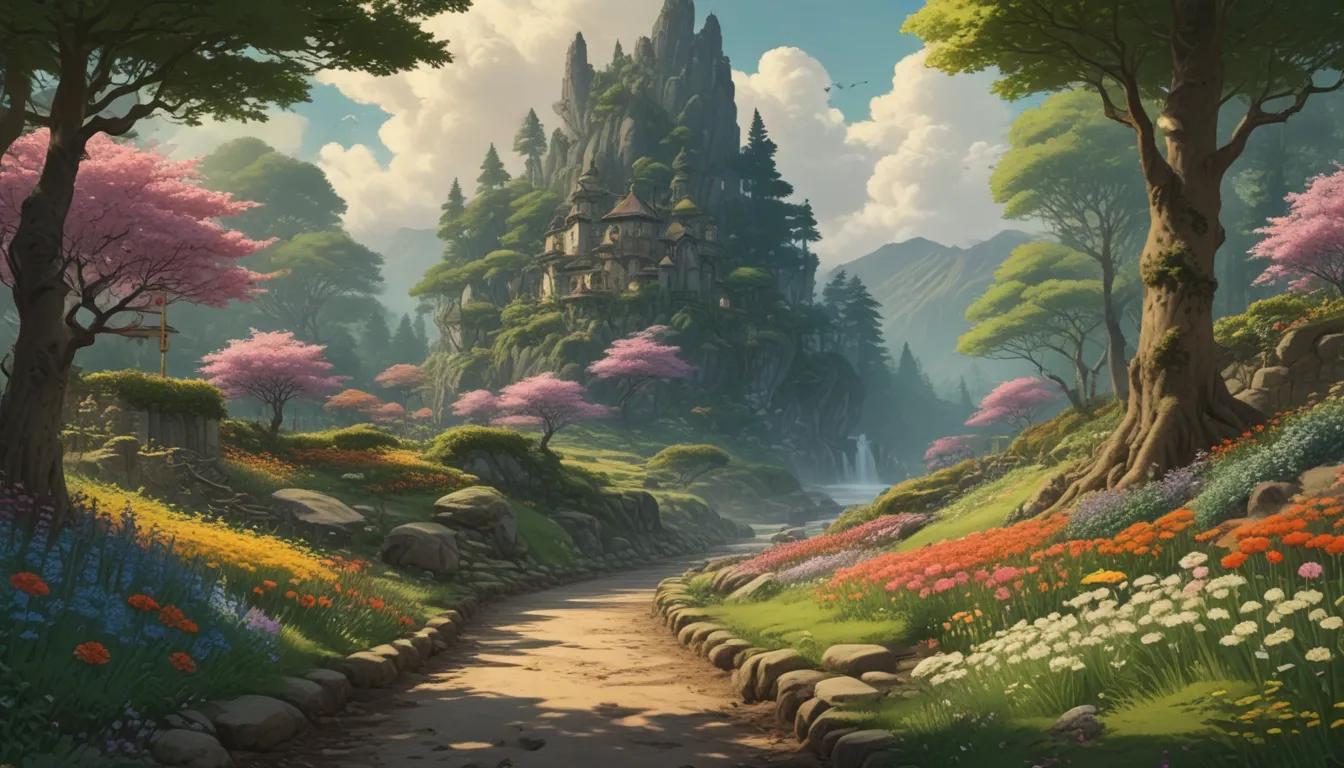
Naturalistic landscapes have a charm and beauty that speaks to those who prefer a wilder, more untamed setting. The idea of flowers scattered with reckless abandon by Mother Nature herself is incredibly appealing. If you’re looking to infuse your home landscape with the beauty of naturalized flowering bulbs, you’re in the right place.
In this in-depth guide, we will explore everything you need to know about creating naturalistic landscapes with spring flower bulbs. We’ll cover the best bulbs for naturalizing, tips for sowing, beneficial placements, and how to ensure the longevity of your flower bulbs. So, grab your garden planner, and let’s get started on transforming your outdoor space into a burst of seasonal color and beauty!
What You’ll Learn
Are you ready to learn how to bring the beauty of naturalized spring flower bulbs into your landscape? Here’s what we’ll cover in this comprehensive guide:
- The naturalistic landscape and its allure
- Best bulbs for naturalizing
- Tips for sowing flower bulbs
- Beneficial placements for optimal growth
- Ensuring the longevity of your flowering bulbs
Let’s dive in and explore how you can create a stunning naturalistic landscape right in your backyard!
The Naturalistic Landscape
Picture a landscape where yellow winter aconite blankets streambeds and hillsides, snowdrops peek out alongside grape hyacinths, and daffodils add cheer to beds of Siberian squill. This riot of color and chaos is what defines a naturalistic landscape bursting with the promise of spring’s return at winter’s end. By naturalizing flowering bulbs, you can recreate this wild beauty in your own home landscape.
Best Bulbs for Naturalizing
When it comes to selecting bulbs for naturalizing, some varieties are better suited for spreading and multiplying:
- Winter aconite
- Snowdrops
- Grape hyacinths
- Daffodils
- Siberian squill
- Fritillaria
Other excellent options include English bluebells, crocuses, dwarf woodland irises, glory of the snow, and wood anemones. These bulbs readily produce offsets that spread through the soil, creating ever-increasing expanses of seasonal color in your landscape.
Random Placement
Instead of planting bulbs in organized rows, try sowing them randomly for a more creative and surprising effect. Tuck flowers into unexpected places like wooded paths or tucked beside trees to create delightful surprises for visitors. Random planting allows for a sense of spontaneity and creativity in your landscape design.
Dedicated Drifts
If you have ample space to spare, consider creating dedicated drifts of flowers that can spread informally over time. Start with a few varieties and let nature take its course. You may end up with a stunning carpet of color like the lavender crocus expanse in your neighbor’s lawn. Designated expanses with an irregular shape add a natural touch to your landscape and can be maintained by adding to the plot annually or allowing clumps to multiply and merge on their own.
Beneficial Placements
When choosing where to sow your flower bulbs, consider trouble spots like hills prone to erosion or wet areas in need of beautification. Sowing bulbs in these areas can help stabilize the soil, prevent erosion, and transform bare muddy spots into vibrant pockets of color. Additionally, consider planting bulbs among fruit trees to attract early pollinators and support biodiversity in your garden.
Tips for Sowing
For successful bulb planting, follow these essential tips:
- Plant bulbs in early fall
- Prepare the soil by removing debris and adding compost and fertilizer
- Plant bulbs at the appropriate depth
- Space bulbs generously to avoid overcrowding
- Consider the sunlight and moisture needs of different bulb varieties
By following these guidelines, you can ensure that your flower bulbs thrive and bloom beautifully in your landscape.
Variation or Uniformity
When selecting flower bulbs for naturalizing, consider factors like bloom time, color, cultural requirements, form, and height. Mixing and matching different varieties can create visual interest and prolong the spring growing season. Whether you prefer a single color scheme, contrasting colors, or a mixed assortment of flowers, choose varieties that have similar light, moisture, and soil needs for optimal growth.
Varieties to Consider
Here are three bulb varieties to consider for naturalizing in your landscape:
Checkered Fritillaria
Also known as snakeshead fritillaria, this bulb produces red-violet and white checked flowers that bloom from late winter to mid-spring. Checkered fritillaria prefers full sun to part shade and medium moisture, making it a versatile and attractive option for naturalistic landscapes.
Harmony Dwarf Iris
This dwarf variety of iris features deep blue flowers with a signature yellow swish. Harmony dwarf iris blooms in late winter to early spring and thrives in full sun to part shade with medium moisture levels. Its compact size makes it perfect for mass plantings or container gardens.
Yellow Mammoth Crocus
As one of the largest crocus varieties, Yellow Mammoth Crocus boasts bold yellow blooms that brighten up the early spring landscape. This cultivar prefers full sun to part shade and medium moisture levels, making it an ideal choice for naturalized plantings in Zones 3 to 8.
Ensuring Longevity
To ensure that your flower bulbs come back year after year, resist the urge to prune or mow down decaying post-bloom foliage. The leaves need to remain in place to feed the bulbs and store energy for the next growing season. While it’s okay to clip off spent flower stems to redirect energy to the bulb, avoid removing the foliage prematurely as it plays a crucial role in the naturalization process.
If the appearance of fading foliage bothers you, consider interplanting sun-loving bulbs with other summer-blooming plants to camouflage the decaying leaves. By strategically planning your bulb plantings and maintenance routines, you can ensure the longevity and vibrancy of your naturalized landscapes.
Creating a naturalistic landscape with spring flower bulbs is an art form that requires creativity, planning, and a love for the beauty of nature. By incorporating these tips and techniques into your gardening routine, you can transform your outdoor space into a stunning burst of seasonal color and beauty that will delight both you and your visitors.
Have you tried naturalizing flower bulbs in your landscape? Share your experiences and tips in the comments below. Remember, gardening is a journey of discovery and creativity, so don’t be afraid to experiment and embrace the beauty of naturalized landscapes in your own backyard.
